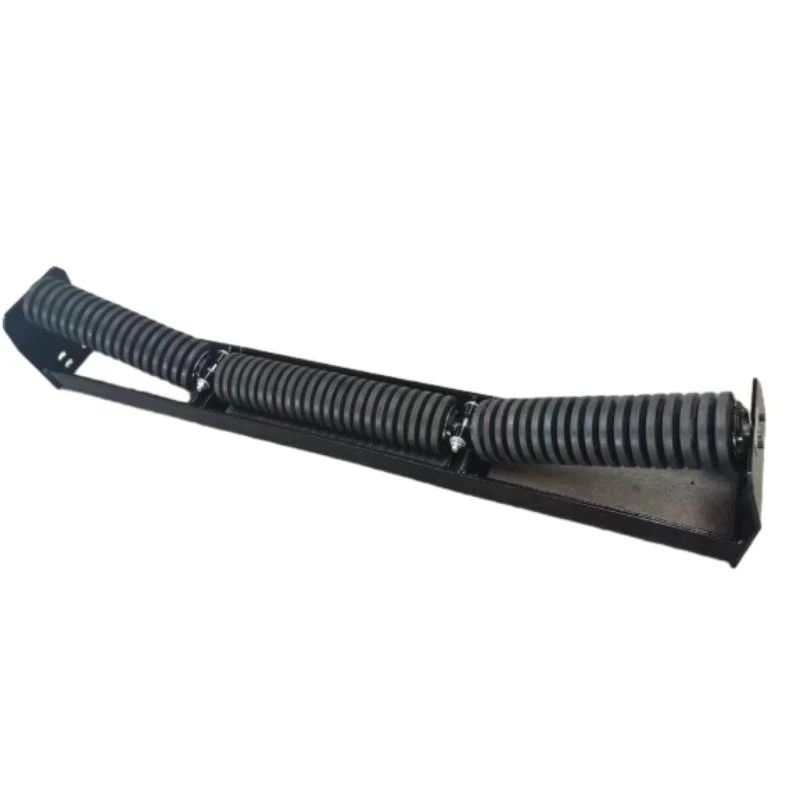 Afrikaans
Afrikaans  Albanian
Albanian  Amharic
Amharic  Arabic
Arabic  Armenian
Armenian  Azerbaijani
Azerbaijani  Basque
Basque  Belarusian
Belarusian  Bengali
Bengali  Bosnian
Bosnian  Bulgarian
Bulgarian  Catalan
Catalan  Cebuano
Cebuano  Corsican
Corsican  Croatian
Croatian  Czech
Czech  Danish
Danish  Dutch
Dutch  English
English  Esperanto
Esperanto  Estonian
Estonian  Finnish
Finnish  French
French  Frisian
Frisian  Galician
Galician  Georgian
Georgian  German
German  Greek
Greek  Gujarati
Gujarati  Haitian Creole
Haitian Creole  hausa
hausa  hawaiian
hawaiian  Hebrew
Hebrew  Hindi
Hindi  Miao
Miao  Hungarian
Hungarian  Icelandic
Icelandic  igbo
igbo  Indonesian
Indonesian  irish
irish  Italian
Italian  Japanese
Japanese  Javanese
Javanese  Kannada
Kannada  kazakh
kazakh  Khmer
Khmer  Rwandese
Rwandese  Korean
Korean  Kurdish
Kurdish  Kyrgyz
Kyrgyz  Lao
Lao  Latin
Latin  Latvian
Latvian  Lithuanian
Lithuanian  Luxembourgish
Luxembourgish  Macedonian
Macedonian  Malgashi
Malgashi  Malay
Malay  Malayalam
Malayalam  Maltese
Maltese  Maori
Maori  Marathi
Marathi  Mongolian
Mongolian  Myanmar
Myanmar  Nepali
Nepali  Norwegian
Norwegian  Norwegian
Norwegian  Occitan
Occitan  Pashto
Pashto  Persian
Persian  Polish
Polish  Portuguese
Portuguese  Punjabi
Punjabi  Romanian
Romanian  Russian
Russian  Samoan
Samoan  Scottish Gaelic
Scottish Gaelic  Serbian
Serbian  Sesotho
Sesotho  Shona
Shona  Sindhi
Sindhi  Sinhala
Sinhala  Slovak
Slovak  Slovenian
Slovenian  Somali
Somali  Spanish
Spanish  Sundanese
Sundanese  Swahili
Swahili  Swedish
Swedish  Tagalog
Tagalog  Tajik
Tajik  Tamil
Tamil  Tatar
Tatar  Telugu
Telugu  Thai
Thai  Turkish
Turkish  Turkmen
Turkmen  Ukrainian
Ukrainian  Urdu
Urdu  Uighur
Uighur  Uzbek
Uzbek  Vietnamese
Vietnamese  Welsh
Welsh  Bantu
Bantu  Yiddish
Yiddish  Yoruba
Yoruba  Zulu
Zulu Understanding Tail Drum Pulley Systems and Their Applications in Industrial Machinery
Understanding Tail Drum Pulleys in Conveyor Systems
In the realm of conveyor systems, the tail drum pulley plays a pivotal role in the efficient operation and management of material handling processes. This crucial component is located at the end of the conveyor belt system and serves several essential functions that are vital for the conveyor's performance and reliability.
What is a Tail Drum Pulley?
A tail drum pulley, often referred to as a tail pulley, is a cylindrical device that is fixed at the end of a conveyor system. Its primary function is to provide support and guidance to the conveyor belt as it returns to the beginning of the conveyor cycle. Typically constructed from durable materials such as steel or aluminum, the tail drum pulley is designed to withstand the abrasive and heavy loads associated with transportation of various materials in industrial applications.
Functions and Importance
1. Belt Support The tail pulley provides necessary support for the conveyor belt as it traverses around the system. A well-functioning tail pulley ensures that the belt remains aligned and properly tensioned, preventing issues such as sagging or misalignment that could lead to operational inefficiencies or system failures.
2. Belt Rotation As the conveyor belt moves, the tail pulley assists in its rotation, enabling the continual movement of materials from one point to another. This rotational movement is critical, especially for applications involving heavy loads or long distances, as it ensures that the materials are transported smoothly and efficiently.
3. Material Management The tail drum pulley contributes to the effective management of materials by facilitating the return of the belt. As materials are discharged from the front end of the conveyor, the tail pulley enables the belt to return to its starting position, ready for the next cycle of operation. This endless loop is fundamental to the efficiency of conveyor systems in various industries, such as mining, manufacturing, and logistics.
Design Considerations
tail drum pulley

When designing or selecting a tail drum pulley for a specific application, several factors must be considered
- Load Capacity The pulley must be capable of handling the maximum load that the conveyor will transport. This includes not only the weight of the materials but also any dynamic forces experienced during operation.
- Material The choice of material for the tail drum pulley is crucial. It should be durable enough to resist wear and tear from the materials it will handle, as well as any environmental factors present in the operation area.
- Diameter and Width The dimensions of the pulley affect the tension of the conveyor belt. A properly sized tail drum pulley helps maintain the correct tension, ensuring optimal performance.
- Bearing Type and Quality The bearings used in the tail pulley must be of high quality to minimize friction and wear, which in turn prolongs the lifespan of both the pulley and the conveyor system.
Maintenance and Care
Regular maintenance of the tail drum pulley is essential to ensure its longevity and functionality. This includes routine inspections for wear, proper lubrication of bearings, and ensuring that the pulley remains free of debris. Any signs of damage or excessive wear should be addressed immediately to prevent complications down the line.
Conclusion
In summary, the tail drum pulley is a fundamental component of conveyor systems, playing an integral role in the transport and management of materials. By understanding its functions, design considerations, and the importance of maintenance, industries can optimize their conveyor operations and improve overall efficiency. With proper attention, tail drum pulleys can significantly contribute to the effective and smooth operation of various material handling processes.
-
Revolutionizing Conveyor Reliability with Advanced Rubber Lagging PulleysNewsJul.22,2025
-
Powering Precision and Durability with Expert Manufacturers of Conveyor ComponentsNewsJul.22,2025
-
Optimizing Conveyor Systems with Advanced Conveyor AccessoriesNewsJul.22,2025
-
Maximize Conveyor Efficiency with Quality Conveyor Idler PulleysNewsJul.22,2025
-
Future-Proof Your Conveyor System with High-Performance Polyurethane RollerNewsJul.22,2025
-
Driving Efficiency Forward with Quality Idlers and RollersNewsJul.22,2025





























